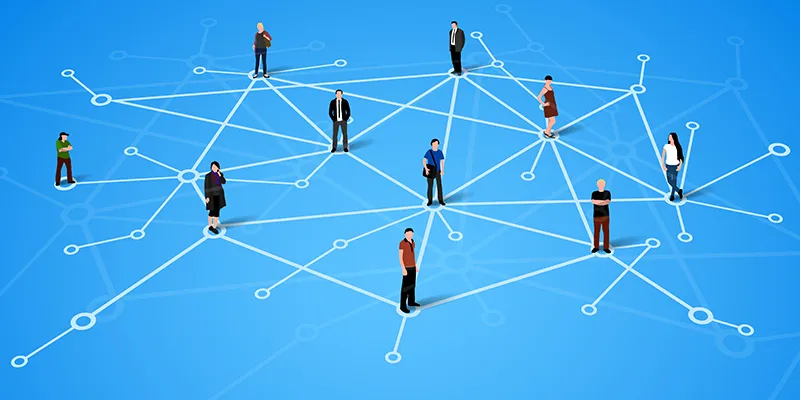Interest-based networks are the way of future
Ever since the dawn of civilisation, human beings have always been a part of one tribe or another, brought together by their shared interests and a common way to communicate the same. Through millions of years of evolution, the world witnessed tremendous transformations, in the way people communicate or the medium through which they communicate.

Ensuing the onset of such niche networking-platforms era, reverse socialising as a phenomenon is trending, where people are able to communicate with a more targeted group of people. These are topic-specific sites, where people first exchange views, acquaint themselves with each other and eventually become friends. Furthermore, the trend of reverse socialising is based on real-life procedures and progressions of befriending a person and this takes its prospects of being successful and accepted by masses higher.
An interest-based network is exactly what it sounds like: a social network built around interests, using common threads to bring members of an audience together. Whether for travel, food, fashion or cats, interest-based networks are taking over the social media scene, and brands that get it stand to reap the benefits. There are certain platforms that allow users to hide their identity. This gives users the feeling of security of identity, which allows them to share their problems and hardships without any fear of being judged.
Hitches in the leading-edge social networking sites: One cannot deny the power of social networks to facilitate a platform to communicate and help reach out to people with shared interest. These platforms have been crucial in maintaining relations with friends and family when apart. Relationships that otherwise would have weakened or faded away are kept alive through chats and updates. People share their thoughts and interests through these platforms. However, despite its positives, the ever evolving consumer market managed to identify loopholes in such platforms – the first being, such platforms only allow us to see content that interests our connections, instead of the content that would interest us. Additionally, most of the content discovered through social networks is optimised for viral distribution. This means, if a person is interested in photography, racing or chess, he or she can only hope that their social connections read or discuss about these topics or post recommendations for related content. To give a better perspective of things, these social networking sites have become platforms to broadcast their interests rather than sharing or discussing common interests with others. Having said that, interest-based networking has changed how we find and share information.
The burgeoning trend of interest-based networking: The constant evolution of Internet has given us new and better solutions to cater to our evolving needs and that’s what has led to the dawn of interest-based network. Instead of networks that are based on moving offline connections online, people are adopting networks that are based on common interests with people they may or may not even know. For example, the not very old, social media platform that created a niche for itself; Pinterest is flocked by people to find images of shared passions. Furthermore, unlike other social media platforms, people on these sites who share interests have mostly never met and don’t know anything about each other.
Unleashing the true power of web, interest-based networks are bringing the world together and allowing organic formation of tribes. This is a more profound way to communicate effectively, without even knowing each other, removing barriers of geography, time zones, societal restraints, and cultural habits — leaving them only with their common ideas and passions.
The road ahead: The Internet will continue evolving, filling the gaps a user experiences online. Likewise, interest-based networks are gaining popularity and will only improve owing to the very nature of Internet. They create both; a way to manage the overwhelming amount of information on the web and an easier way to connect with people with similar interest
(Disclaimer: The views and opinions expressed in this article are those of the author and do not necessarily reflect the views of YourStory.)







